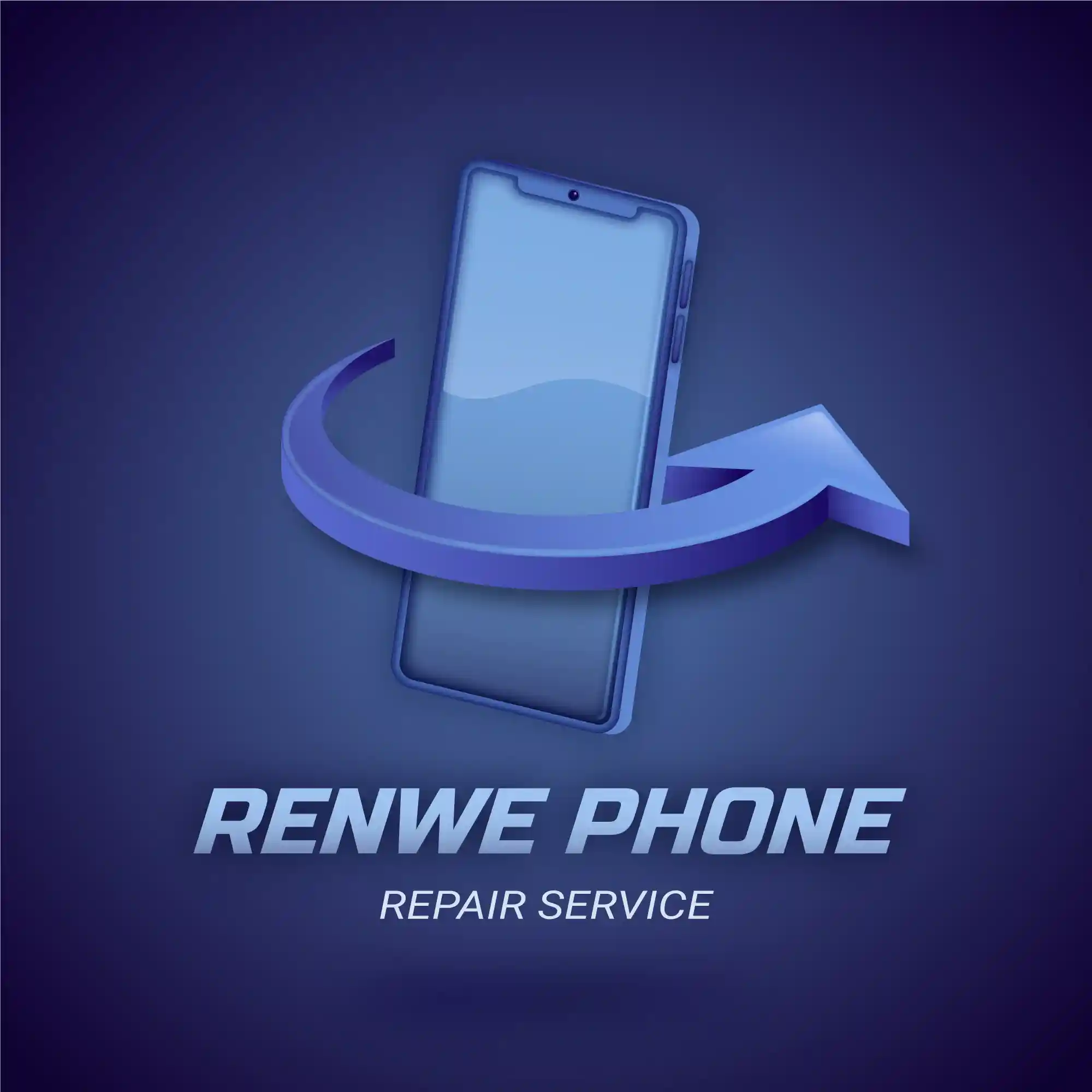Restarting an iPhone eliminates a myriad of frozen screens and connectivity issues. As an example, soft reboots can prevent unforeseen software challenges in the future. This guide follows best practices from tech forums, catering to unresponsive devices with force restarts, while emphasizing safety and ergonomic handling to reduce wear and tear on your device.
Key Insight: A simple restart can resolve up to 90% of common iPhone software glitches, according to Apple Support.
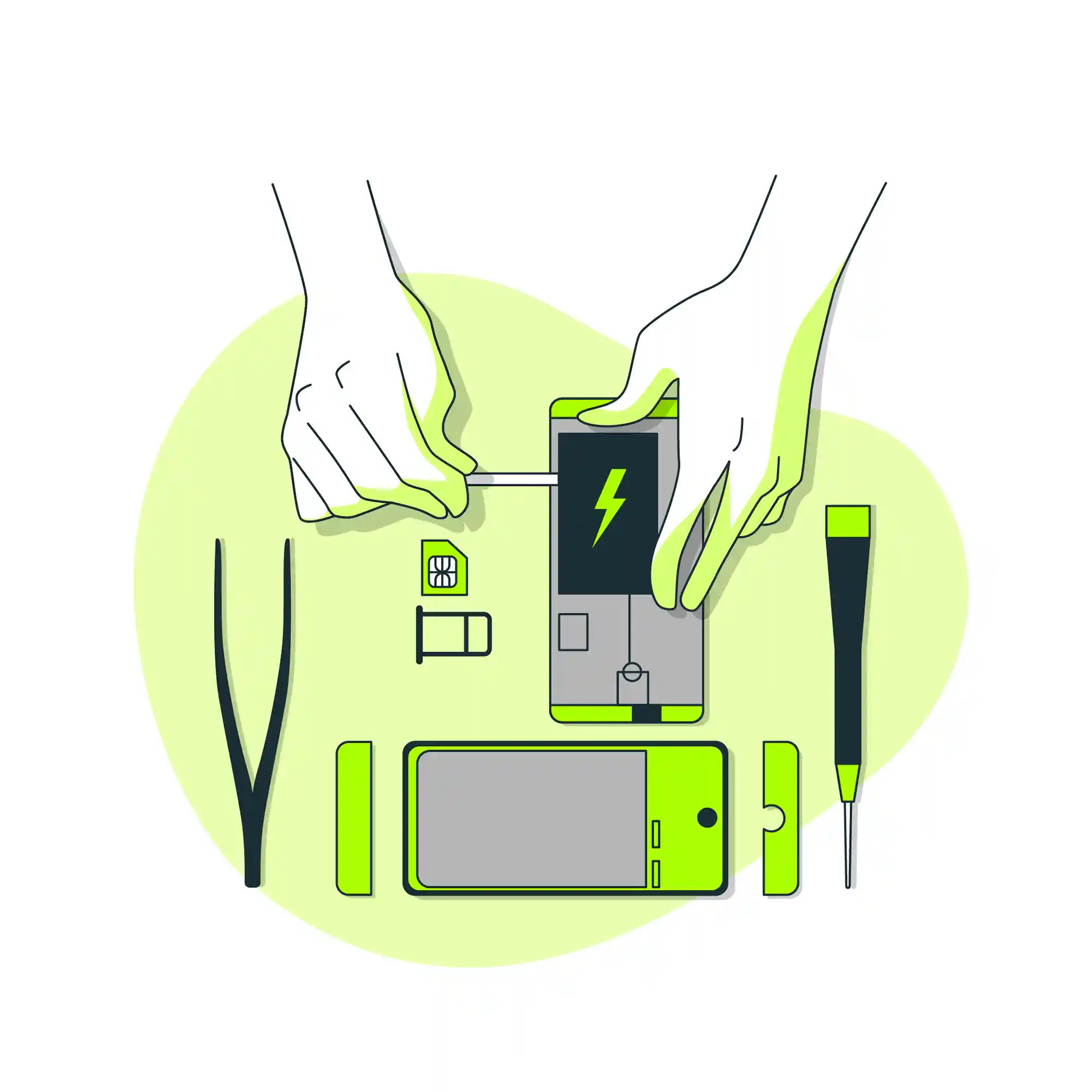
Recent iPhone Versions: iPhone X, 11, 12, 13, 14, 15, 16 and Later
Recent models like iPhone X, 11, 12, 13, 14, 15, 16 and SE (2nd and 3rd generations) use a unified button sequence for standard reboots due to the removal of the home button and shift to gesture navigation:
- Press and hold either volume button and the side button until the power off slider appears.
- Drag the slider to shut down.
- Wait 30 seconds to ensure a complete shutdown.
- Press and hold the side button until the Apple logo appears.
This streamlined approach integrates multiple functions into fewer buttons, enhancing user convenience.
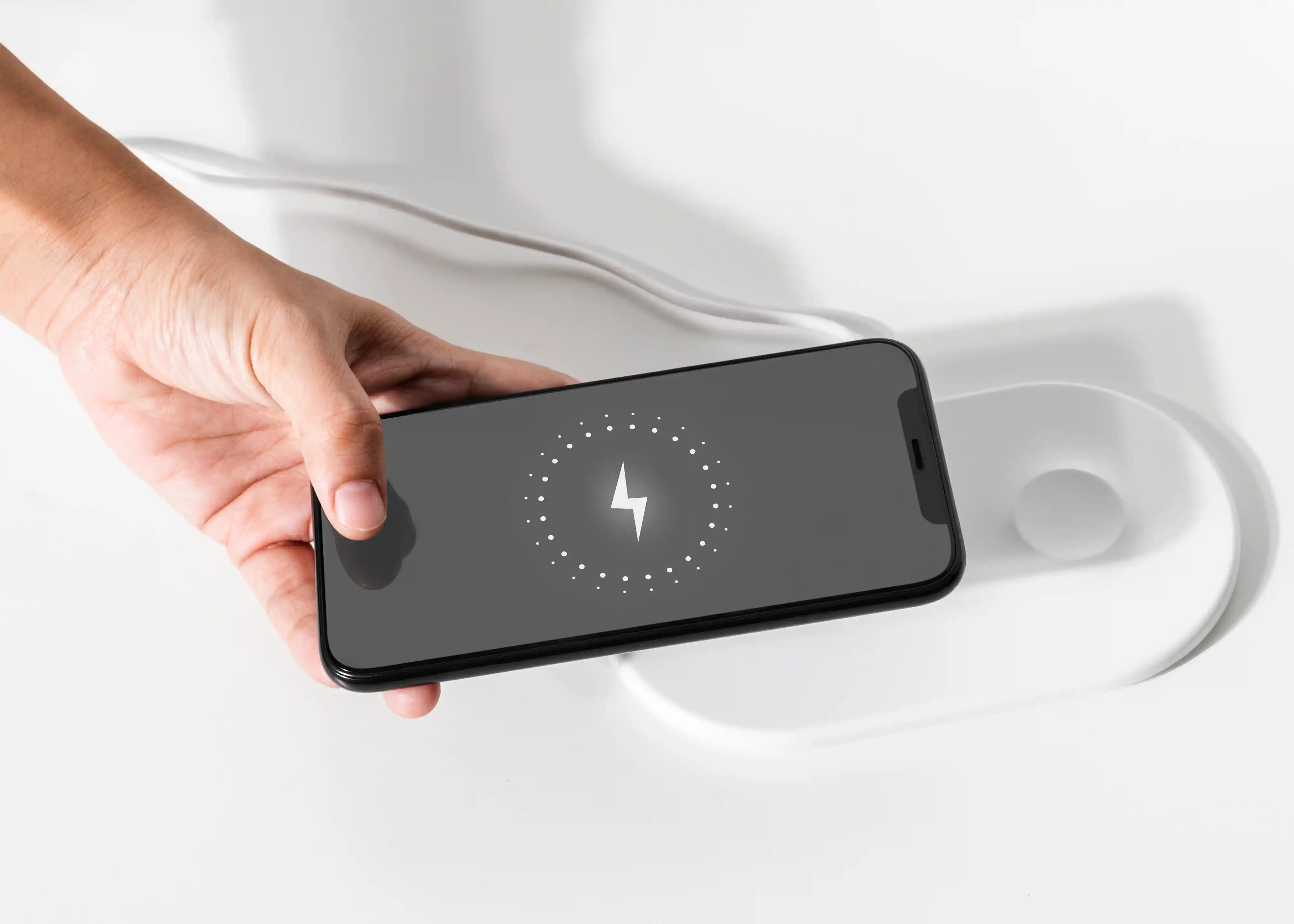
Earlier iPhone Variants: 6, 7, 8, and SE Models
Older models—iPhone 6, 7, 8, and the original SE—require different methods due to their hardware designs:
- iPhone 6 and 8: Press and hold the side button until the slider appears, then follow steps 2-4 above.
- iPhone 7: Press and hold the volume down and side buttons until the slider appears, then follow steps 2-4.
- Original SE and earlier: Press and hold the top button until the slider appears, then follow steps 2-4.
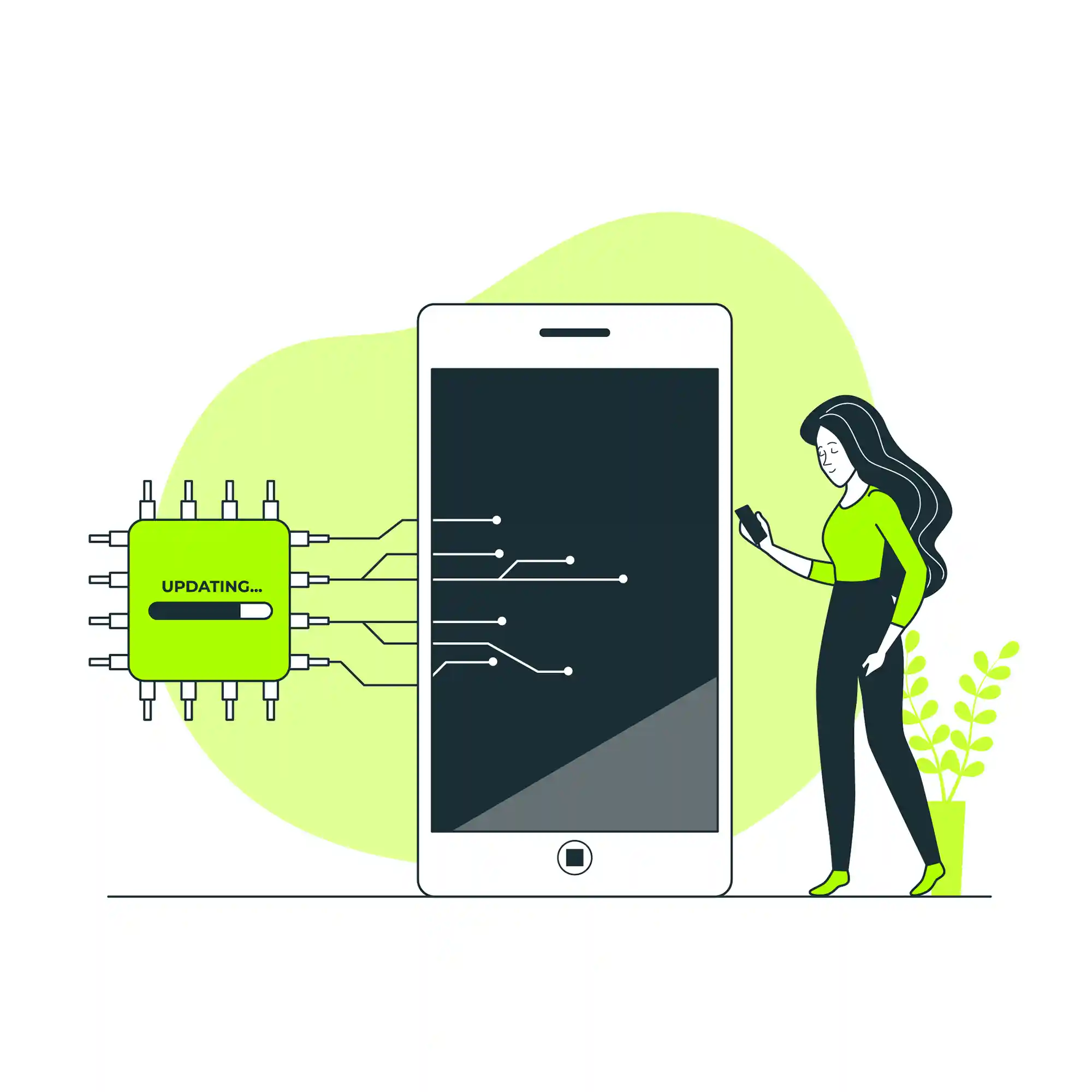
Alternative Restart Options for Non-Responsive Devices
For unresponsive iPhones, a force restart reloads the OS without data loss:
- iPhone 8, X, 11, 12, 13, 14+: Quickly press and release volume up, then volume down, then hold the side button until the Apple logo appears (10-20 seconds).
- iPhone 7: Press and hold volume down and side buttons until the logo appears.
- iPhone 6s, SE (1st gen), and earlier: Press and hold home and top (or side) buttons until the logo appears.
Note: Use force restarts only when necessary, as they bypass normal shutdown processes.
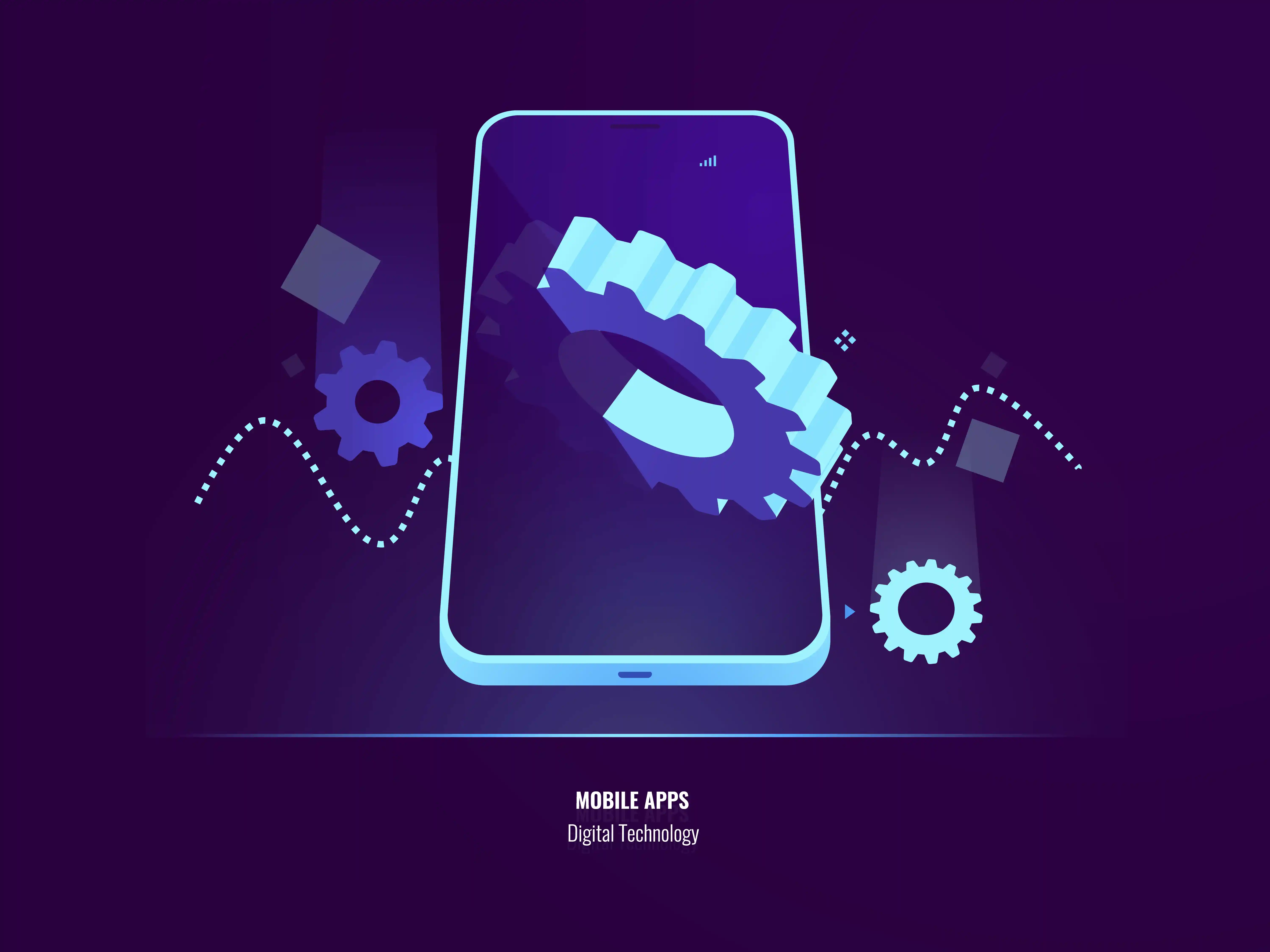
Additional Restart Methods and IntelliWays
Beyond buttons, modern software methods offer accessibility:
- Settings App: Navigate to Settings > General > Shut Down, slide to power off, then restart after 30 seconds.
- Siri: Say “Hey Siri, turn off,” confirm, then restart manually.
- Control Center: Access power options via custom controls (requires setup).
These are vital when physical buttons fail.
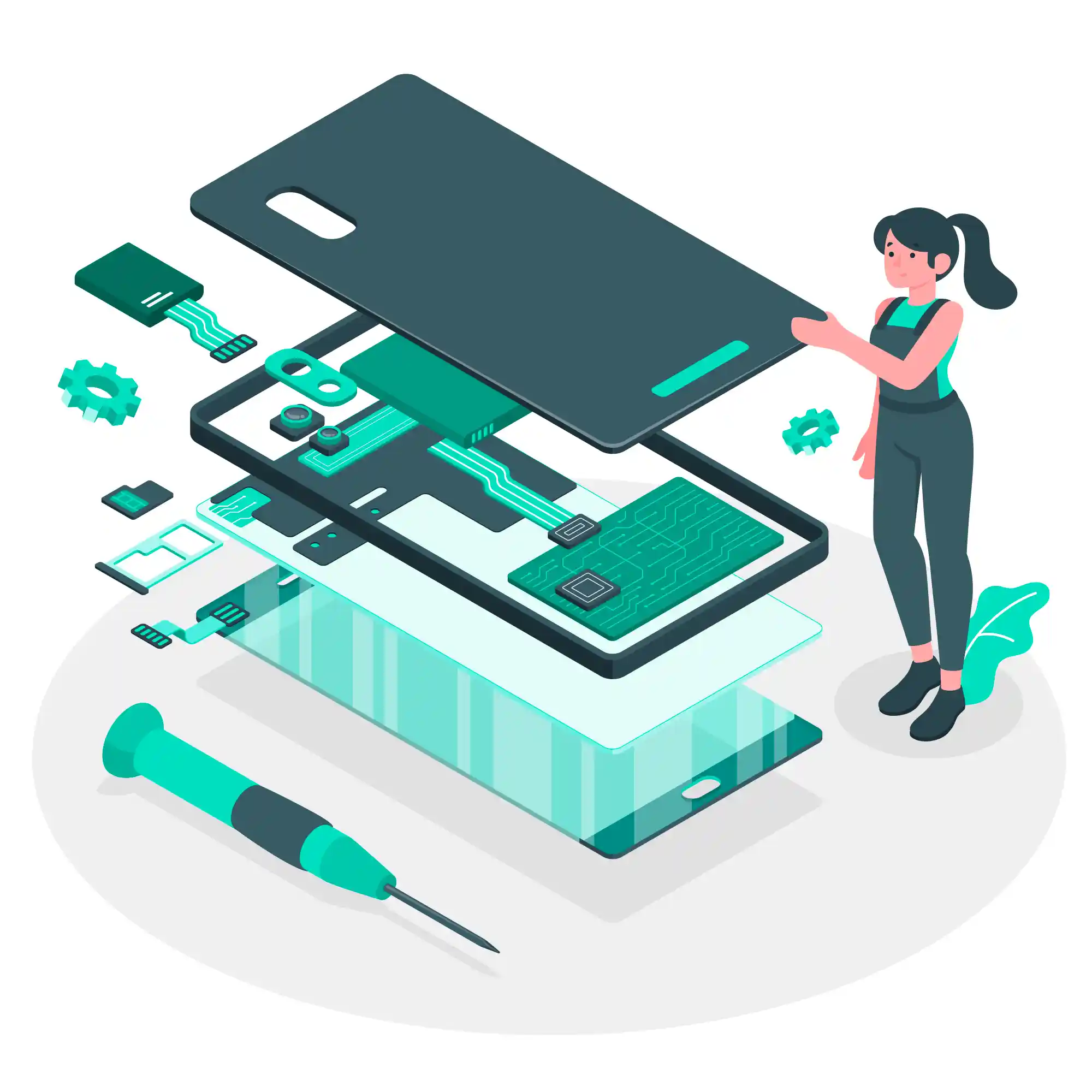
Resolving An Issue With Restarts
Start with a standard reboot. If unsuccessful:
- Verify button sequences for your model.
- Charge for 30 minutes and retry.
- Contact Apple Support for hardware diagnosis if issues persist.
Regular restarts maintain performance, akin to routine car maintenance.
Conclusion

Familiarity with the various iPhone restart processes for each generation is an indispensable skill essential for every user who cares about the consistent performance of their device. Every modern device’s button combination restarts work remarkably well and so do the more intricate sequences needed to restart older models. Each method of restart is fundamental to fixing software problems on the device. The grabs of the power buttons restart menus exemplifies the concentrated efforts given to improve the hardware steered by Apple in the course of its continuous attempts to accentuate its iPhone features while ensuring power management is reliable in every generation. Whether users opt for common restart techniques involving the power off slider or force restarts on frozen devices, users able to maneuver through various restart methods have the capability to solve the majority of problems experienced with iPhones without help.
Frequently Asked Questions
Restarting eliminates frozen screens and connectivity issues, preventing software challenges.
A regular restart uses the power off slider, while a force restart uses button sequences for unresponsive devices.
Yes, use Settings > General > Shut Down or Siri voice commands.
Try charging for 30 minutes, ensure correct button sequences, or contact Apple Support.
